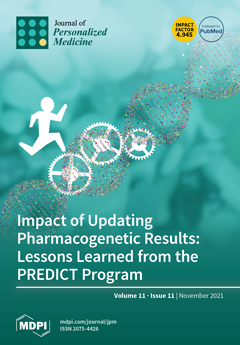This study aims to evaluate genetic risk factors for cisplatin-induced nephrotoxicity by investigating not previously studied genetic risk variants and further examining previously reported genetic associations. A genome-wide study (GWAS) was conducted in genetically estimated Europeans in a discovery cohort of cisplatin-treated adults from Toronto, Canada, followed by a candidate gene approach in a validation cohort from the Netherlands. In addition, previously reported genetic associations were further examined in both the discovery and validation cohorts. The outcome, nephrotoxicity, was assessed in two ways: (i) decreased estimated glomerular filtration rate (eGFR), calculated using the Chronic Kidney Disease Epidemiology Collaboration formula (CKD-EPI) and (ii) increased serum creatinine according to the Common Terminology Criteria for Adverse Events v4.03 for acute kidney injury (AKI-CTCAE). Four different Illumina arrays were used for genotyping. Standard quality control was applied for pre- and post-genotype imputation data. In the discovery cohort (
n = 608), five single-nucleotide polymorphisms (SNPs) reached genome-wide significance. The A allele in rs4388268 (minor allele frequency = 0.23), an intronic variant of the
BACH2 gene, was consistently associated with increased risk of cisplatin-induced nephrotoxicity in both definitions, meeting genome-wide significance (β = −8.4, 95% CI −11.4–−5.4,
p = 3.9 × 10
−8) for decreased eGFR and reaching suggestive association (OR = 3.9, 95% CI 2.3–6.7,
p = 7.4 × 10
−7) by AKI-CTCAE. In the validation cohort of 149 patients, this variant was identified with the same direction of effect (eGFR: β = −1.5, 95% CI −5.3–2.4, AKI-CTCAE: OR = 1.7, 95% CI 0.8–3.5). Findings of our previously published candidate gene study could not be confirmed after correction for multiple testing. Genetic predisposition of
BACH2 (rs4388268) might be important in the development of cisplatin-induced nephrotoxicity, indicating opportunities for mechanistic understanding, tailored therapy and preventive strategies.
Full article





